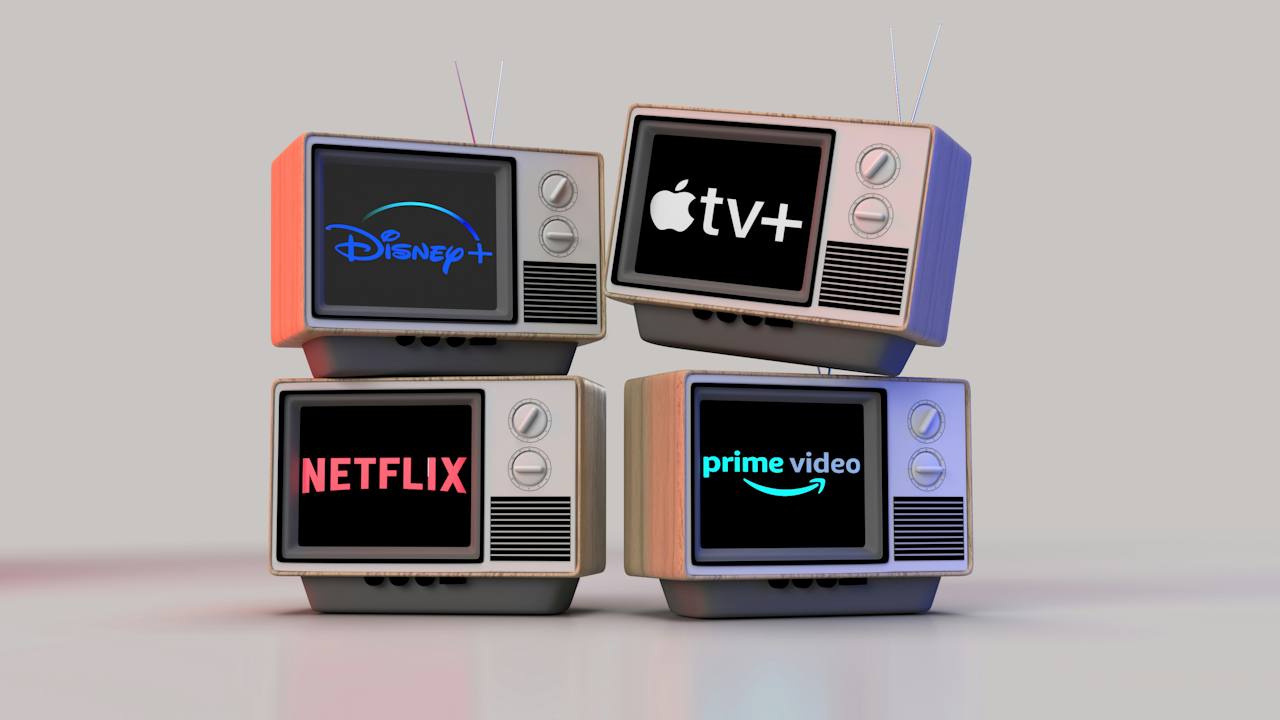The battle for eyeballs and subscriptions in the streaming world has intensified significantly by mid-2025. What began as a land grab for exclusive content has evolved into a complex ecosystem characterized by varied business models, technological advancements, and a renewed focus on niche audiences and live experiences. While a definitive “winner” remains elusive in a market becoming increasingly fragmented, several key trends are shaping the trajectory of the major players and emerging contenders.
The Reign of Giants: Netflix, Disney+, and Amazon Prime Video
Netflix, Disney+, and Amazon Prime Video continue to dominate the premium subscription video on demand (SVOD) space.
- Netflix’s enduring appeal lies in its vast and diverse library, coupled with its sophisticated AI powered recommendation system. Despite increased competition, its investment in original content across genres keeps it at the forefront. The platform’s expansion of its ad-supported tier has proven successful, attracting a significant number of new subscribers and boosting revenue. In 2025, Netflix is further refining its ad tech, aiming for more precise targeting and improved measurement for advertisers.
- Disney+ maintains its stronghold with its unparalleled family friendly content and powerful franchises from Disney, Pixar, Marvel, and Star Wars. Bundling with Hulu and ESPN+ has been a strategic triumph, offering a comprehensive entertainment package that appeals to a wide demographic, including sports enthusiasts. The integration of Hulu content within Disney+ is further solidifying its position as a go to platform for both live and on demand viewing.
- Amazon Prime Video benefits significantly from its integration with the broader Amazon Prime ecosystem. Beyond its robust library of original series and movies, the added perks of Prime membership, such as free shipping, make it a compelling value proposition. Amazon has also made substantial moves into live sports, acquiring significant rights that drive both subscriptions and advertising revenue.
The Rise of FAST and Niche Services
One of the most transformative trends in 2025 is the proliferation and growing popularity of Free Ad Supported Streaming Television (FAST) channels. Platforms like Tubi, Pluto TV, and a growing number of studio backed FAST offerings are gaining traction by providing free access to a wide array of content. This aligns with a growing consumer demand for accessible content and offers networks a valuable avenue for advertising revenue. Expect to see more studios converting viable niche cable channels into pure play FAST channels.
Beyond FAST, niche streaming services catering to specific interests are experiencing a surge. Crunchyroll for anime, Fubo for sports, and various platforms for independent creators are thriving by offering highly curated content that resonates deeply with dedicated audiences. This fragmentation caters to the increasingly individualized nature of content consumption.
Live Sports: The New Battleground
Live sports rights have become a fiercely contested arena in the streaming wars. Platforms like Peacock, Amazon Prime Video, Netflix, and Apple TV+ have made significant investments in acquiring exclusive sports broadcasting rights. While this strategy boosts short term subscriber uptake and advertising revenue, the high acquisition costs and potential for churn after a season concludes present challenges. In 2025, streamers are carefully evaluating their sports bundling strategies and exploring new monetization models, such as dedicated sports subscription tiers, to maximize long term value.
Technological Advancements and AI’s Influence
Artificial intelligence is no longer a futuristic concept but a vital tool shaping the streaming landscape in 2025.
- Content Curation and Personalization: AI algorithms analyze viewer preferences and behavior patterns, making recommendation systems more accurate and intuitive. This leads to increased user engagement and retention.
- Content Creation and Production: Generative AI is assisting in scriptwriting, video editing, voiceovers, and even character animation, streamlining production workflows.
- Advertising: AI driven contextual targeting is becoming more sophisticated, allowing advertisers to deliver highly personalized ad experiences by mapping content genres, moods, and viewer behaviors. Dynamic pricing models for advertising, based on demand and engagement, are also emerging.
- Localization: AI enables real time, in stream editing and translation, making content culturally relevant across diverse markets without requiring extensive manual effort.
- Optimizing Operations: AI can predict viewing spikes for major events, allowing platforms to optimize cloud resources, reduce costs, and enhance environmental efficiency.
Furthermore, the continued expansion of 5G networks and improved broadband access are making high definition, low latency streaming the standard across devices and geographies, significantly enhancing the user experience. Immersive technologies like AR, VR, and 360 degree streaming are also finding their way into live events and branded storytelling, offering new avenues for engagement.
The Dynamics of Pricing and Consolidation
Pricing pressure remains a constant in the streaming market. With consumers increasingly mindful of subscription fatigue, hybrid monetization models are becoming more prevalent. This includes tiered access with optional ads, premium content bundles, and microtransactions for bonus content or early access.
Industry consolidation is also a notable trend in 2025. Major studios and streaming platforms are pursuing acquisitions to bolster their content libraries and extend their reach. Smaller entities may become acquisition targets, and mergers that were previously restricted due to antitrust concerns may now be on the table. This consolidation aims to create more comprehensive offerings and secure positions in a crowded market.
Conclusion: No Single Victor, But Evolving Strategies
In 2025, there isn’t one singular “winner” in the streaming wars. Instead, the landscape is defined by diverse strategies and a constant evolution to meet changing consumer demands. The platforms that succeed are those that adeptly combine:
- Compelling Content: A mix of high quality originals, established franchises, and diverse licensed content.
- Flexible Business Models: Offering a range of pricing options, including ad supported tiers and bundles.
- Technological Innovation: Leveraging AI for personalization, efficient production, and enhanced advertising.
- Strategic Partnerships: Collaborating with independent creators and embracing niche markets.
- Adaptability: Responding to shifts in consumer preferences, such as the growing demand for live sports and interactive experiences.
The streaming wars are less about a knockout blow and more about a strategic long game, where innovation, content diversity, and audience centricity will ultimately determine sustained success.

